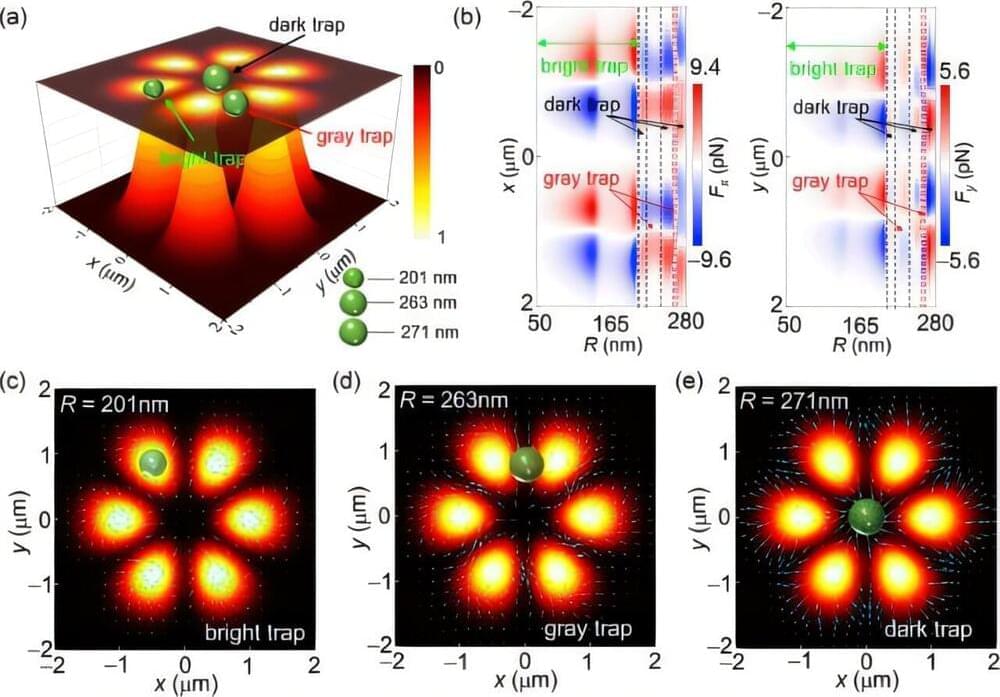Dec 25, 2024
From Earth to alien worlds: Exploring the fundamental limits to life
Posted by Saúl Morales Rodriguéz in categories: alien life, evolution, genetics
Extraterrestrial and artificial life have long captivated the human mind. Knowing only the building blocks of our own biosphere, can we predict how life may exist on other planets? What factors will rein in the Frankensteinian life forms we hope to build in laboratories here on Earth?
An open-access paper published in Interface Focus and co-authored by several SFI researchers takes these questions out of the realm of science fiction and into scientific laws.
Reviewing case studies from thermodynamics, computation, genetics, cellular development, brain science, ecology, and evolution, the paper concludes that certain fundamental limits prevent some forms of life from ever existing.


















